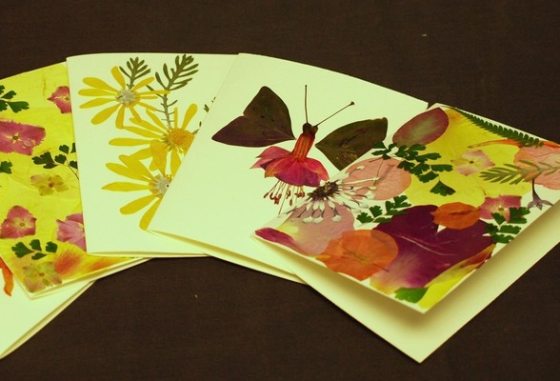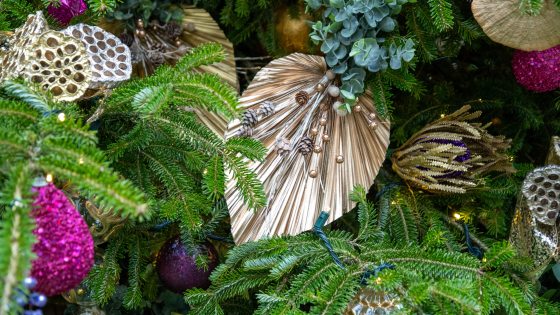Our Blog
Blog All Items Title
All Recent Articles
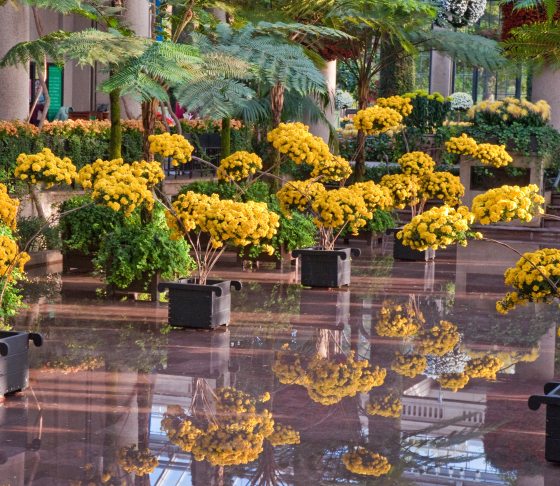
Setting the Standard
One definition of a "standard" is a norm by which similar things can be measured. In horticulture, however, a standard is a plant that is trained or grafted to have a single stem, and a crown of leaves and flowers. Combine the two meanings, and you have the degree of excellence achieved by Longwood in the beauty of its standard forms. Photo by Larry Albee.
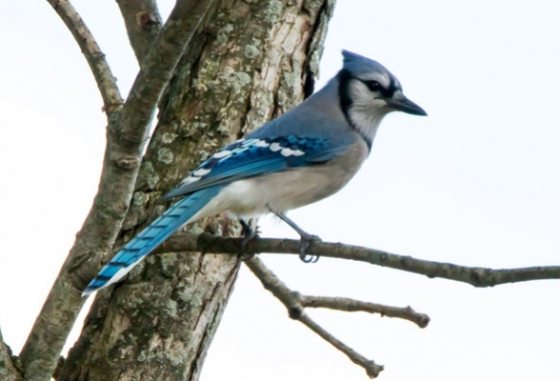
Winter Birdwatching
Early winter is a special time of year for birds and bird watchers alike, as cold temperatures bring seasonal migrations to a fever pitch and instill a new sense of urgency in our resident species. Photo by Duane Erdmann.
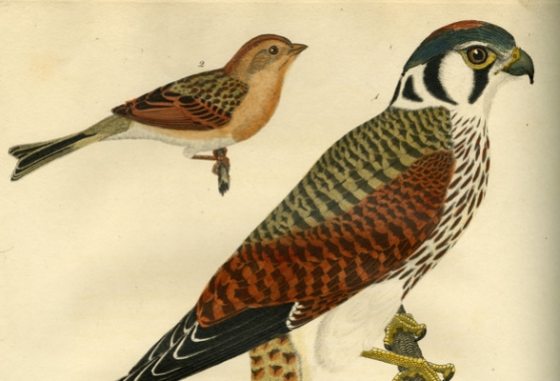
A Rare Bird
If you’ve visited the Gardens recently, you know that Longwood has taken flight this season with a stunning bird-inspired holiday display. What you may not know is that this area of Pennsylvania has a rich history in the study of ornithology. Illustration of American sparrow hawk and field sparrow, drawn from nature by A. Wilson, engraved by A. Lawson. From American Ornithology.

Camera Man
The enduring photographic legacy of Longwood gardener turned staff photographer Gottlieb Hampfler.
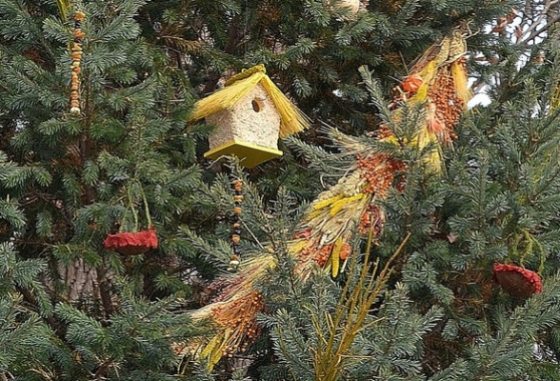
Make Your Own Edible Ornaments
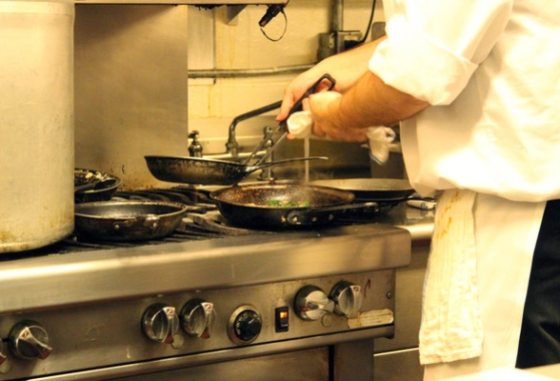
The Holiday Dish at 1906

Exploring the Global Garden: Vietnam
A plant exploration team from Longwood recently spent three days climbing to the peak of Fan Si Pan Mountain, the highest peak in the Hoang Lien Mountain Range. One day soon you might find one of their delightful discoveries in our Gardens.

Mini Mum Magic
This fall, be sure to explore our Bonsai Display, where some of the best surprises of Chrysanthemum Festival come in small packages. Anemone Chrysanthemum x morifulium ‘Kotoi No Kaori’, photo by William Hill.
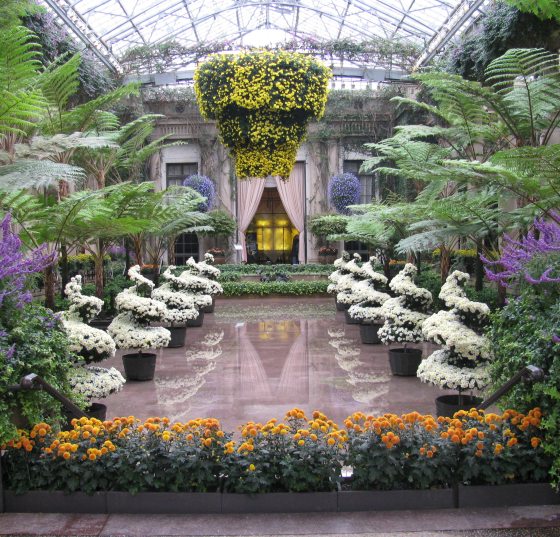
A Culture of Chrysanthemums
This year, 230,000 chrysanthemum blooms fill our 4-acre Conservatory in forms of cascades, shields, spirals, pagodas and of course, our most impressive Thousand Bloom Mum yet, featuring 1,515 blooms.
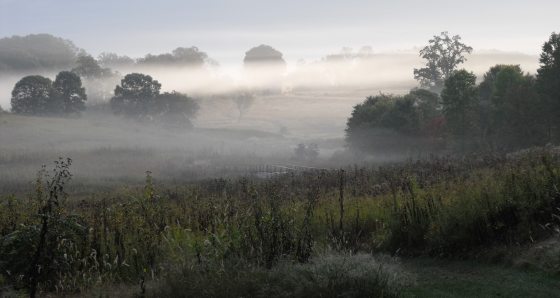
The Meadow Gardener
As Longwood's new Meadow Garden enters its first fall season, gardener Colin McCallum-Cook shares his expertise and excitement about the plants that make up the Meadow's palette of Autumn's Colors.

Reaching New Heights
Pierre S. du Pont's extraordinary Main Fountain Garden has entertained guests with its beauty and showmanship for eighty-three years. Now Longwood Gardens will carry Mr. du Pont's legacy to New Heights through the Fountain Revitalization Project that begins in mid-October.
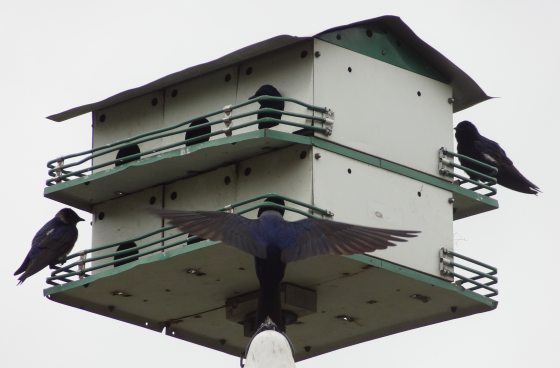
Purple Martin Moments: Bird Talk in the Idea Garden
July evenings in the Idea Garden can be home to some pretty raucous behavior. At this time of year, young martins negotiate the air on untested wings as they return to the nest sites where they were hatched and raised.
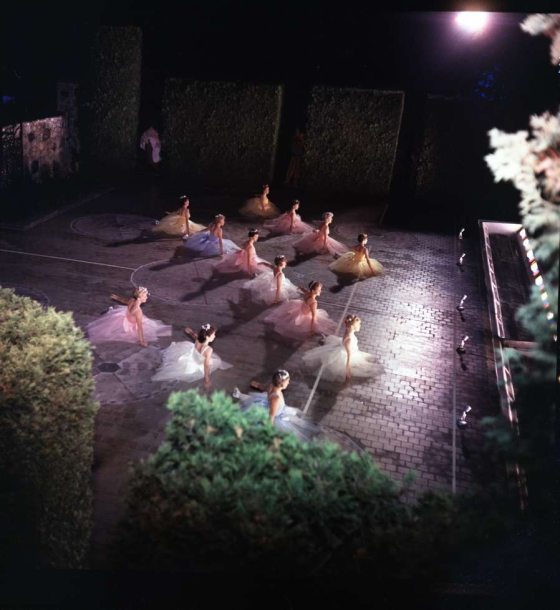
A Century of Song and Dance Under the Stars
The Open Air Theatre celebrated 100 years of arts in 2014. A fond look back.
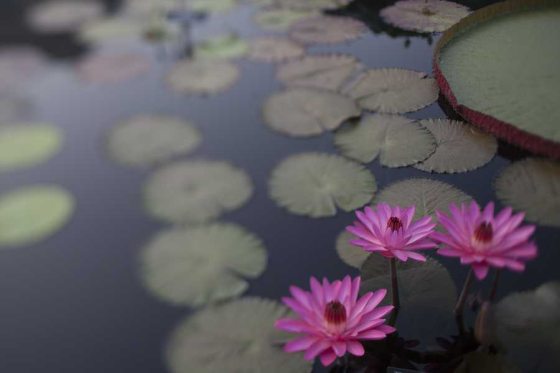
A Core Collection: Nymphaea
Longwood's history with growing and displaying Nymphaea dates back to 1957. A review of its development, management, and display.
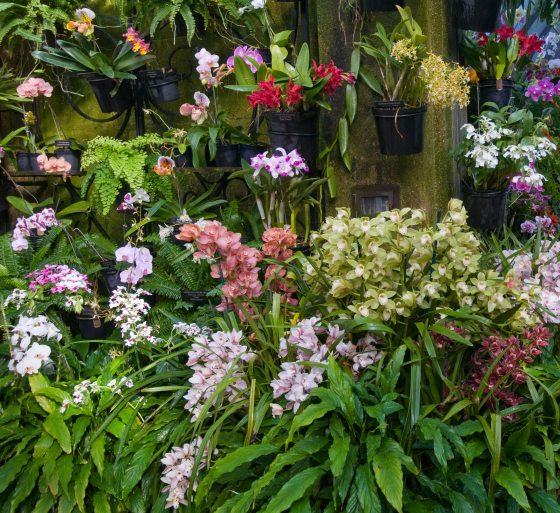
Growing Orchids at Home
Our guests frequently ask me how to properly take care of orchids at home. Many home gardeners are intimidated by orchids, thinking that they are difficult to grow. However, with some simple instructions, many home gardeners will find great success. If you are considering buying an orchid, the most important thing to be aware of is the type of orchid you are purchasing so that you can replicate the conditions of the orchid’s native habitat within your home.
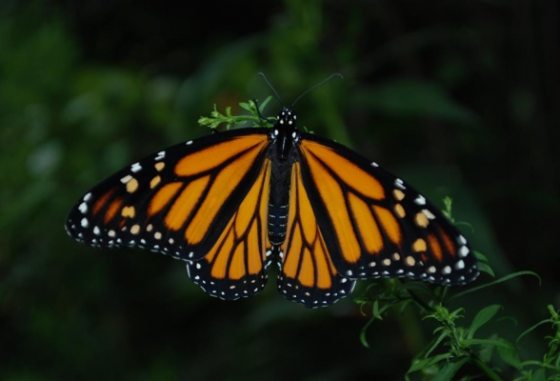
Sand County Almanac: An Interview with Curt Meine
As part of Longwood’s Community Read of A Sand County Almanac, I recently had the pleasure of speaking with Curt Meine, author of Aldo Leopold: His Life and Work, published by the University of Wisconsin Press. Meine currently serves as Senior Fellow with the Aldo Leopold Foundation, Senior Fellow with the Center For Humans & Nature, and Adjunct Associate Professor in the Department of Forest and Wildlife Ecology at the University of Wisconsin-Madison.
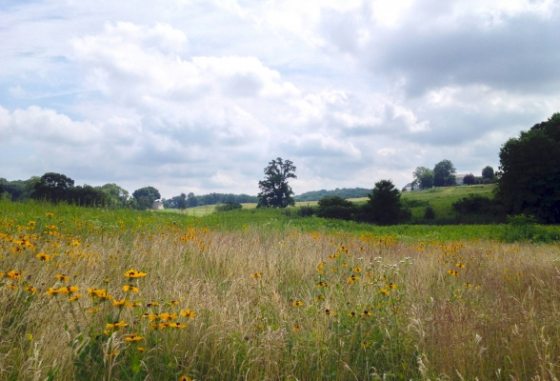
Community Read: Sand County Almanac
“There are some who can live without wild things, and some who cannot.” Aldo Leopold—conservationist, naturalist, philosopher—was one who could not. His career in forestry and wildlife management and his keen observations of the natural world inspired him to write A Sand County Almanac, so he could share his thoughts about nature, humanity, and the connections between them. From now through mid-April, Longwood Gardens invites you to take part in our first annual Community Read, which features Leopold's conservation classic. Read the book, think about the issues of land, legacy, and community that it raises, and engage in activities and discussions at Longwood, at one of our partnering institutions, or join in our discussion on social media.

Gifts from the Gardens: A Fruit Tradition
Holidays celebrate tradition. Gifts—symbols of good will, of gratitude, of joy—are a part of that tradition. Many of our best-loved holidays take place in fall and winter, as we gather to share the fruits of our harvest, the company of family and friends, and our hopes for the coming year. Come join us for A Longwood Christmas, where the gift and tradition of fruit is the centerpiece of our celebration.
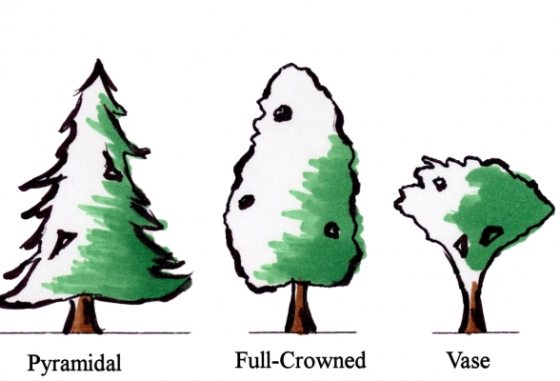
Tree Selection and Planting In Your Home Garden
Trees have an immeasurable number of benefits such as being planted for use as shade or wildlife habitat in parks and recreation areas, or as sustainable forests to provide lumber. However when it comes to your home garden, it can get a little more personal.
